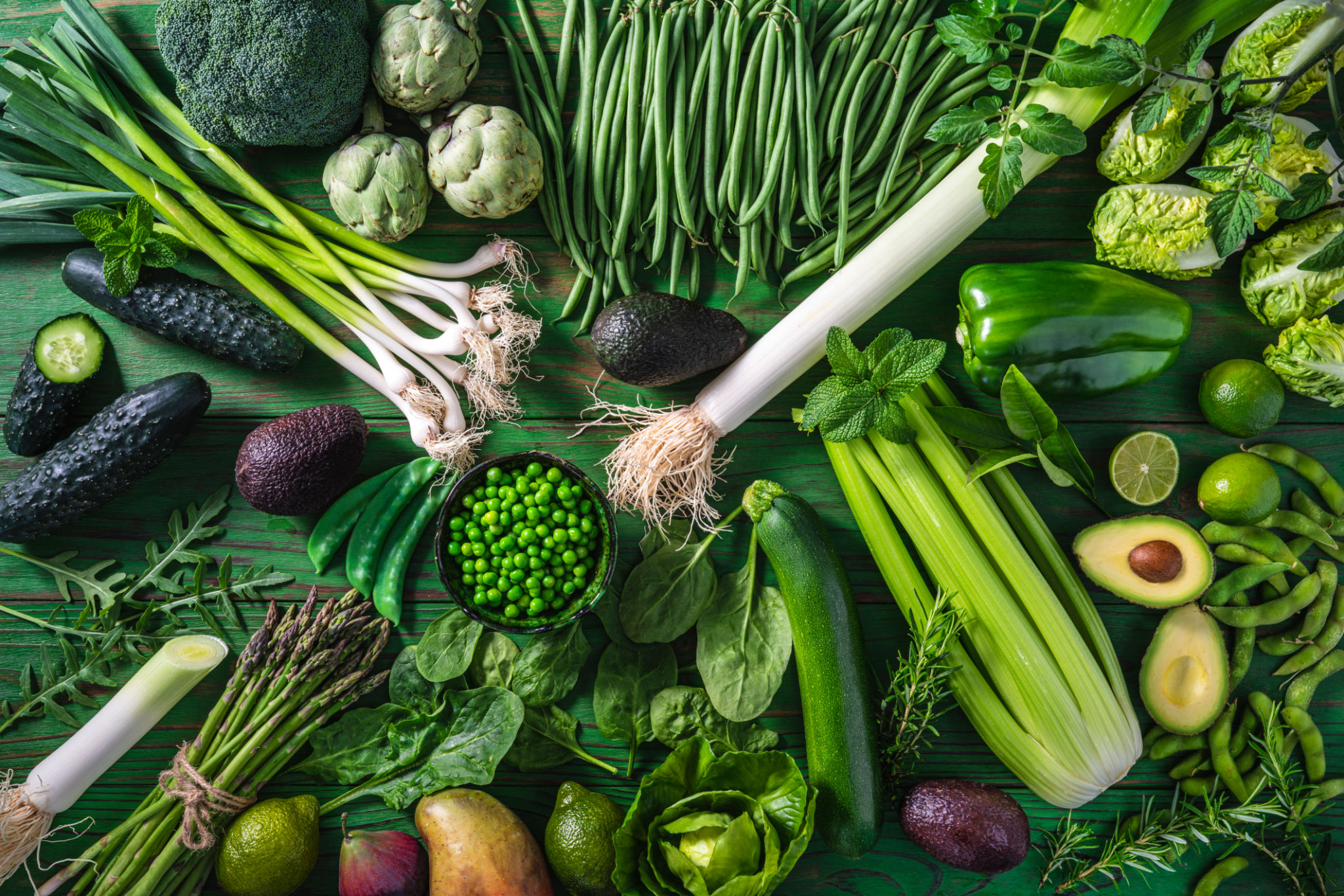The Best Edible Plants for a Belgian Climate: A Seasonal Planting Guide
Understanding the Belgian Climate
Belgium, located in Western Europe, experiences a temperate maritime climate characterized by mild summers and cool winters. This climate is influenced by the North Sea, resulting in moderate temperatures and consistent rainfall throughout the year. These conditions create an ideal environment for a variety of edible plants, though selecting the right varieties for each season is crucial for successful gardening.
With an average annual temperature of around 10°C (50°F) and annual precipitation ranging from 700 to 1,000 mm, Belgian gardeners have to carefully plan their planting schedules. By choosing suitable plants that thrive in this climate, you can enjoy an abundant harvest throughout the year.

Spring Planting: Preparing for a Bountiful Harvest
Spring is a perfect time to start planting cool-season crops in Belgium. As the soil begins to warm, you can sow seeds for vegetables that prefer cooler conditions. Consider planting the following:
- Lettuce: Fast-growing and versatile, lettuce varieties such as butterhead and romaine thrive in the early spring.
- Spinach: This leafy green is packed with nutrients and grows well in cooler temperatures.
- Radishes: Quick to mature, radishes are an excellent addition to any spring garden.
In addition to these greens, early spring is also a good time to plant asparagus and rhubarb, both of which can be perennial fixtures in your garden.

Summer Planting: Embracing Warm-Season Vegetables
As temperatures rise in summer, it’s time to focus on warm-season vegetables that can take full advantage of the sun. In Belgium, summer planting might include:
- Tomatoes: A staple in many gardens, tomatoes need plenty of sunlight and warmth to thrive.
- Zucchini: Known for their prolific yields, zucchinis are perfect for summer planting.
- Cucumbers: Ideal for salads and pickling, cucumbers enjoy the summer heat.
Remember to water your plants consistently during dry spells and consider using mulch to retain soil moisture.

Autumn Planting: Preparing for the Cooler Months
As summer fades into autumn, the focus shifts back to cool-season crops. The mild autumn weather in Belgium allows for a second planting of many spring vegetables. Consider these options:
- Kale: This nutrient-dense leafy green can withstand cooler temperatures and even improve in flavor after a frost.
- Carrots: Planting carrots in autumn can lead to sweeter roots as they mature during the cooler months.
- Broccoli: This hardy vegetable thrives in the cool weather of autumn.
Autumn is also an excellent time to plant garlic, allowing it to establish over winter for a robust harvest come spring.

Winter Considerations: Maintaining Your Garden
While winter might seem like a dormant period, there are still ways to enjoy fresh produce. With the right protection, such as cold frames or cloches, you can extend the growing season for some hardy vegetables:
- Leeks: These alliums are frost-resistant and can be harvested throughout winter.
- Cabbage: Another frost-tolerant vegetable, cabbage can be left in the ground for extended harvesting.
Additionally, consider planting winter-hardy herbs like thyme and rosemary, which can add fresh flavors to your winter meals.
Final Tips for Successful Gardening
Gardening in Belgium requires understanding both the climate and the growing seasons. To maximize your garden’s productivity:
- Rotate your crops annually to maintain soil health and reduce pest problems.
- Enrich your soil with compost or organic matter before planting.
- Monitor weather forecasts and protect your plants from unexpected frosts or heatwaves.
With careful planning and attention to seasonal changes, you can enjoy a thriving garden filled with delicious, homegrown produce all year round.
